| Taking Care of Art Prints Overview |
 |
|
You’ve purchase a beautiful, one-of-a-kind art piece. It’s vivid with color, filled with intricate detail, and wrapped in mylar or archival plastic with the greatest of care. You’re ready to get it framed and hang it on the wall, on full display for all to love, cherish and enjoy.
But how do you make sure that the colors will remain rich, and that the careful detail will not fade or disintegrate in time? Below are some tips and guidelines to walk you through protecting your original artworks and fine art prints.
|
| What to Avoid When Hanging Your Artwork
|
 |
|
Although protecting artwork can vary from material to material, ultimately any dye-based print will be damaged if exposed to the following:
|
|
|

Daylight
|
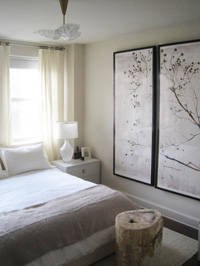
|
As much as it is tempting to place an artwork by the window, bright daylight is one of the top things to avoid. Too much sunlight (or even bright artificial light) can cause colors to fade and discolour and the paper to become brittle. Aim to place your artwork in moderate light for limited time, or off to the side of a window.
Note that although normal incandescent light bulbs usually do not present a problem for photographic images, fluorescent lights do emit harmful ultraviolet rays. To avoid light fatigue, consider also rotating your artworks from time to time.
|

Humidity
|
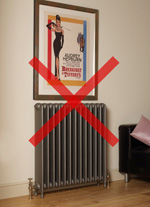
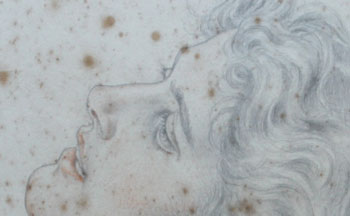
An example of foxing.
|
If the humidity is too high, prints may be damaged by mold, which causes small dark spots to grow or sprinkle across the print (also referred to as foxing).
If the humidity is too low (or if the heat is too high) the paper may become brittle.
If the environment swings between the two extremes, the print may also start to buckle.
Humidity also attracts silverfish. Keep your art well-ventilated and dry to avoid such pests.
|

Temperature
|
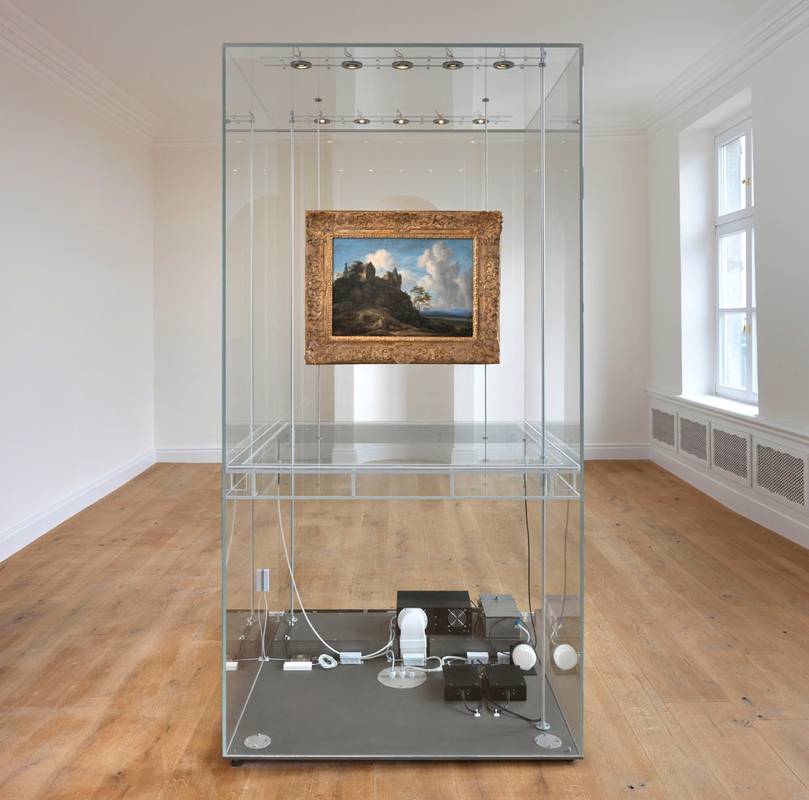
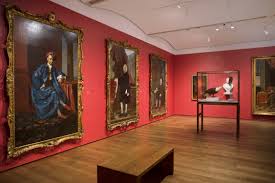
|
Museums keep art in a constant state of temperature for a reason. Avoid extreme fluctuations in moisture and temperature. Excessive fluctuations between dryness and humidity, or extreme heat and cold can negatively affect the state of your print, causing the paper to expand and contract, eventually leading to crinkling or buckling.
For an reference, museums keep the temperature generally around 18 degrees Celsius and a relative humidity of 40%.
For this reason, avoid hanging your artwork above a heat source, such a radiator, vent, or any kind of electric warmer. Art that is placed in areas such as the kitchen or the bathroom would therefore have a shorter lifespan than those hung in living rooms or bedrooms.
Even canvas prints are susceptible to humidity and temperature. Extreme fluctuations can cause the wooden stretcher bars to warp, and the cotton in the canvas to loosen or sag.
|

Physical Exposure & Handling
|
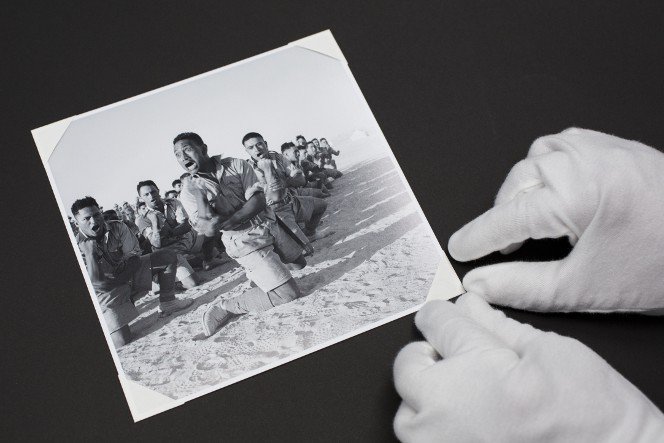
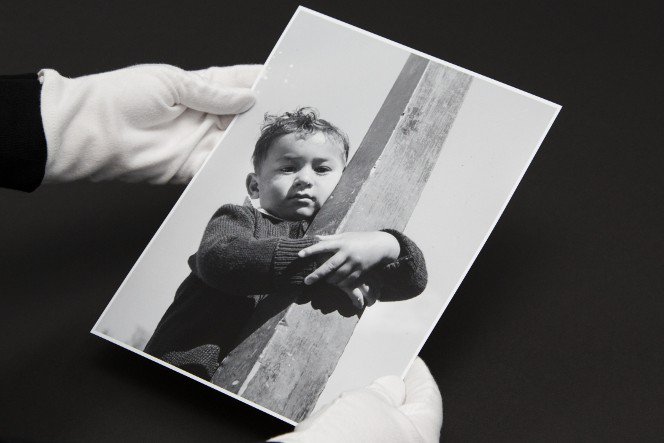
|
Natural skin oils or other contaminants can easily transfer to the print. When handling unframed prints, make sure you work with gloves or very clean hands. Finger smudges, dirt, or dents and tears caused by carelessness will affect the value of your print. If you must handle your print, lift it gently by holding diagonally opposite corners to avoid creasing.
Try not to move your prints too often. Unintended impact can chip away at the finish on wood frames. Canvas prints can stretch, tear or flake at the edges if handled too roughly, or if they scrape against a wall with a bit of force. And of course, broken glass can damage delicate fine art pieces. .
When handling photographs, use both hands and support the back of the print. Never attempt to rub the surface of the image with your finger or fingernail, as this could damage the coating and ink.
By using archival materials the framer is assuring you that everything that comes in contact with the print is pH neutral, or acid-free. This means that nothing in the framing materials will alter or destroy the paper or inks of the print.
|

Chemical Exposure
|
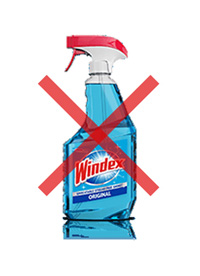
|
Hang your print away from areas where airborne grime, dust and pollutants such as cigarette smoke can leave a discolouring residue.
|
|
| Storing Your Prints
|
 |
|
One of the best ways to preserve a print is to continually rotate it out of your display area to give it a bit of rest time. When storing prints, keep it away from anything that may press against the image surface. If possible, keep it within its frame and protect the frame with foamboard. If it is unframed, sandwich it between two sheets of archival foam or matboard.
- Do not stack prints on top of each other. Separate them with pieces of acid-free paper to avoid damage.
- Do not cover your print with plastic for long periods of time. If there is humidity in the air, the mold may begin to grow. Cotton, acid-free sheets are the best for keeping dust away.
|
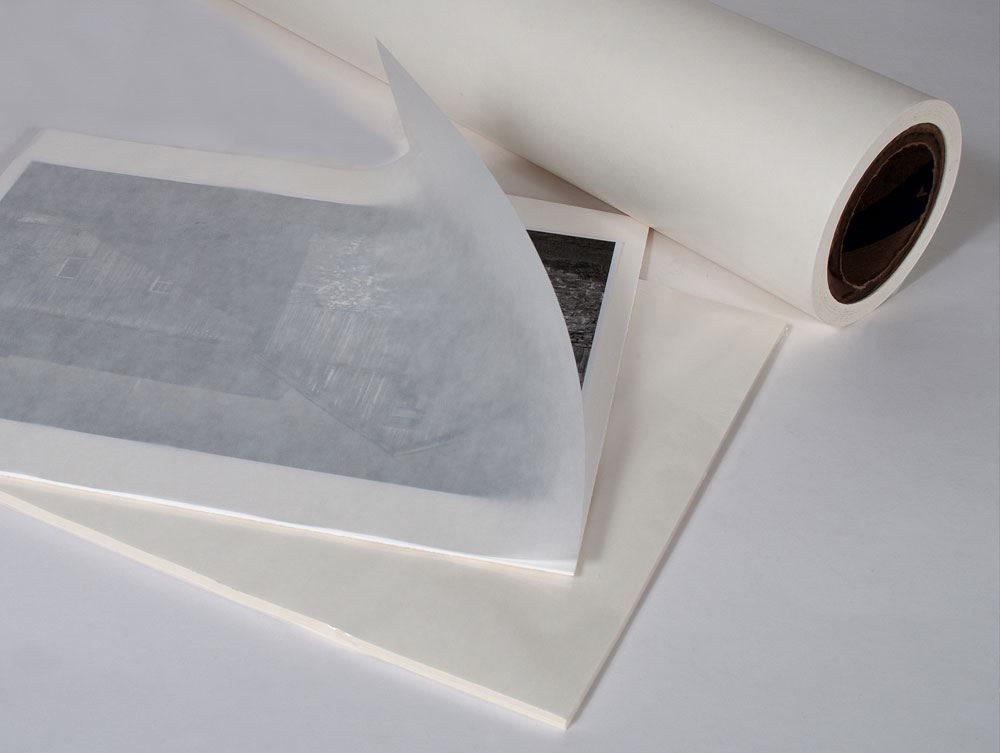
Glassine is an acid-free kind of paper that is excellent for placing in between prints during storage or shipping.
|
| Framing Your Prints
|
 |
|
Framing is one of the best ways to preserve and protect your artwork. Archival materials such as acid-free matboards prevent chemical reactions and discolorations over time. Make sure to use use archival tape or hinges when mounting, to limit contact with the original print.
When framing photographs or fine art prints, use a matboard to separate the print from the glass. Placing glass directly onto a fine art print can suffocate it, blocking natural atmospheric changes. Having a bit of breathing room between the print and the glass will allow it to breathe, contract and expand as needed.
| Please note: Canvas Prints do not need to be framed in glass. Placing a glass sheet over a canvas print will suffocate it even more, especially since there is more opportunity for air to be trapped between the fibres. Canvas prints are best displayed as is, or framed on the edges only. |
|
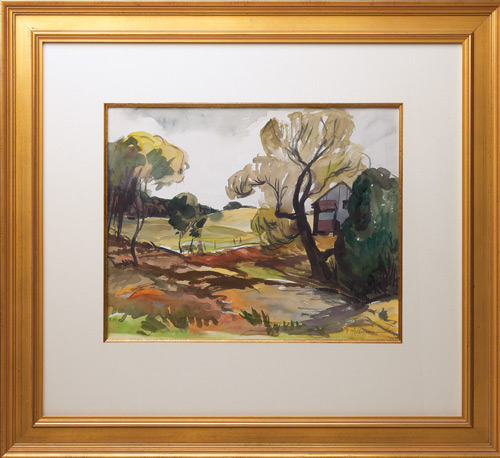
Matboard helps protect prints from being suffocated.
|
| Cleaning Your Prints
|
 |
|
The method needed to clean your prints will vary depending on the material it has been printed on, but most of the products listed on our website can be cleaned with a microfibre cloth and a spritz of water.
Do not use any liquid solvents or chemical cleaners on any surface, whether it be canvas, plexi, glass, etc. Chemical fluids can react with the material and eat away at any protective coatings or laminates used to protect and set the inks on the print.
| Please note: When cleaning Canvas with a bit of water, do not rub too vigorously. Rubbing to hard may scratch the coating and scrape away the ink underneath. |
|
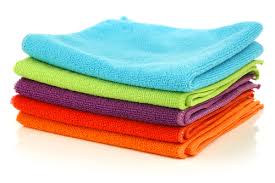
Most prints only need a microfibre cloth for gentle cleaning, or a spritz of water at the very most.
|
| Protecting and Hanging Alternative Prints
|
 |
|
With the rise of modern printing technology, there are now more types of prints available than the traditional canvases and framed photographs. How does one protect alternative prints, such as plaques, dye-sub metal prints, and plexifacemounts? Here are our recommendations below.
|
|
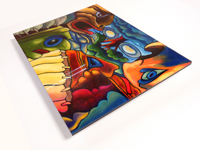
Plexi-Facemounts
|
Plexifacemounts are very resistant to humidity and temperature. This is because dibond in the back of the print does not easily expand or contract.
Since the print is permanently sandwiched between the metal and the plexi, there is not much room or give for the paper to move as it would in a framed print. Therefore, plexi-facemounts are the 2nd best option for the bathroom and kitchen.
However exposed to daylight, the colors in the plexi facemount will fade. This is due to the reflection index of the plexi that gives the facemount its patented 3D effect: the plexi facemount is purposely build to attract and bounce more light than the average framed print. Because dark colors absorb heat, prints with dark colors are especially susceptible, and will eventually collapse from the heat that they will absorb. Thus: Keep away from direct sunlight.
|
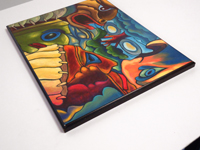
Plaque Mounts
|
Like Plexi-Facemounts, plaque mounts are also fairly resistant to humidity and temperature. Because the print is permanently mounted to the MDF board and sealed with a laminate on top, it restricts the print’s ability to expand and contract.
However, the MDF board is vulnerable to liquids. If the back becomes wet, the MDF board will eventually collapse. Thus, we rank Plaque Mounts as our 3rd best option for bathrooms and kitchens.
However exposed to daylight, the colors in the plexi facemount will fade. This is due to the reflection index of the plexi that gives the facemount its patented 3D effect: the plexi facemount is purposely build to attract and bounce more light than the average framed print. Because dark colors absorb heat, prints with dark colors are especially susceptible, and will eventually collapse from the heat that they will absorb. Thus: Keep away from direct sunlight.
Humidity also attracts silverfish. Keep your art well-ventilated and dry to avoid such pests.
|

Dye-Sub Metal Prints
|
Since the inks are transferred and then chemically bonded to the polymer in the dye-sub process, there is no paper to constrict or expand. For kitchens and bathrooms, metal prints are our #1 choice.
As usual, long-term exposure to unfiltered sunlight will cause fading of the print. However, because the inks are bonded to the polymer, it will be more difficult for them to evaporate as quickly as other prints. Therefore, Dye-Sub Metal Prints are also an excellent choice for any space in the house with more direct sunlight.
Unlike Plaque Mounts, they are fully waterproof, and will not be damaged if submerged into water. By far, dye-sub Metal Prints are the most durable choice, as they are scratch-resistant, water-proof, and also heat-resistant.
|
|
| The Importance of Material
|
 |
|
The aging of a print is chemical and biological process that occurs naturally and inevitably. However, with proper care against the elements, and choosing the right kind of materials in which the artwork is printed on, artworks can remain intact and preserved for a lifetime. Below are some of our final tips to consider to help protect your art piece for years to come.
Choose Archival Materials: At KeenArt Media, we only use the highest quality archival inks for long-lasting pigments and color. Our Canvas and our line of Fine Art Prints are sourced from the best in the fine art printing industry, and are considered museum quality. With proper care, these materials should last up to 70 years or more.
Plexiglass: Plexiglass is a durable material that looks nearly the same as regular glass. However, its composition ensures that it is stronger, more scratch-resistant and less brittle than glass. Should it break, the edges are clean, making it easy to remove without cutting yourself or the fine art beneath it. Plexiglass also offers less glare and more clarity than regular glass. Its lighter weight also makes it easier to handle your print, diminish the risk of bumping the print into walls or edges based on heft.
Metal and Wood Frames: When investing in art, make sure you also invest in high quality wood and metal frames. Plastic frames can deteriorate over time, either by shrinking, become more brittle, or turning off-color. Wood is slow-burning and fairly non-reactive, making it a better choice to house your prints for long. Aluminum metal frames are the best, as they are lighter in weight, extremely durable, and completely ph neutral. In fact, before metal frames became mainstream for the public market, they were only used to preserve, conserve and transport art from museum to museum.
Acid-Free Boards: And of course, you can’t forget your acid-free papers and boards. These boards are to direct contact with your print, acting as the first layer of armor. Thus, make sure your backing boards and matboards are all acid-free, to prevent discoloration and chemical reactions on the artwork.
|
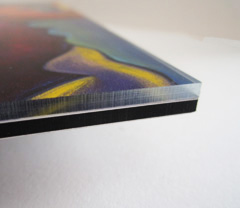
All paper and canvas prints are printed with archival inks, just like this plexifacemount example.
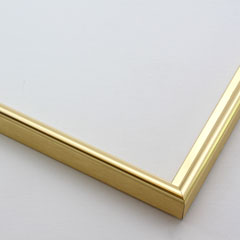
Metal frames are inert and therefore excellent for protecting fine art prints from the elements.
|
|
© 2002-2025 - KeenART Media Ltd.
|
|
| |
|

